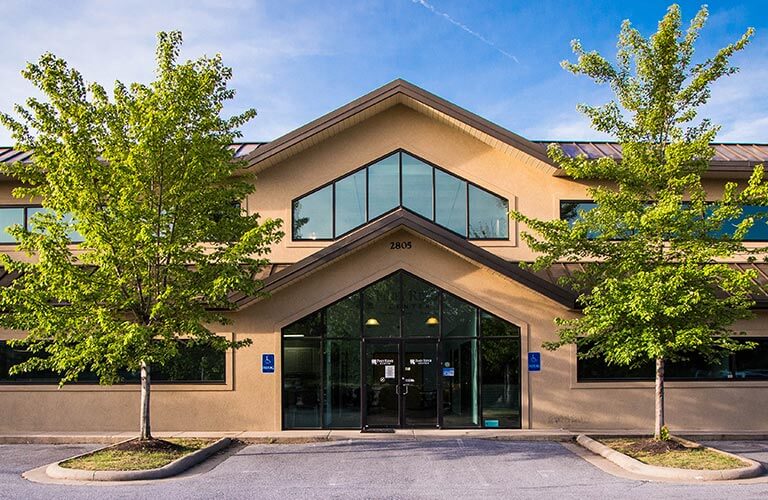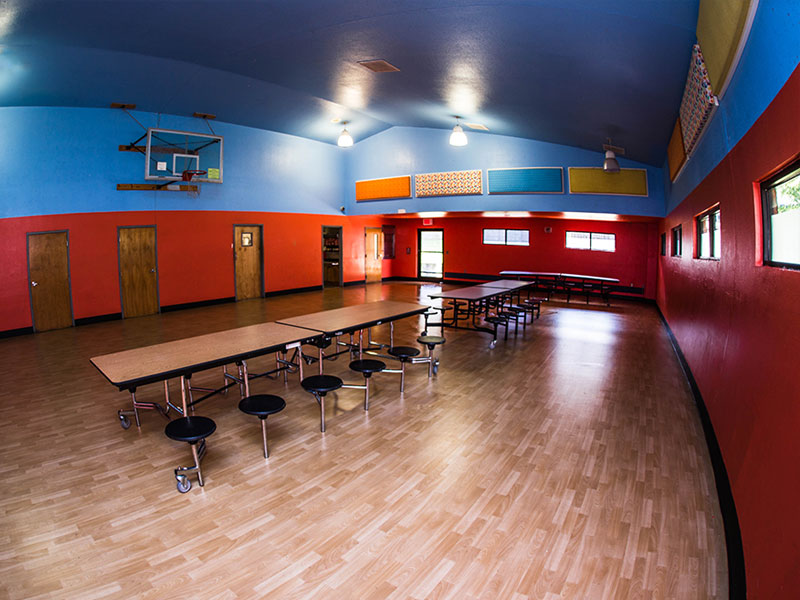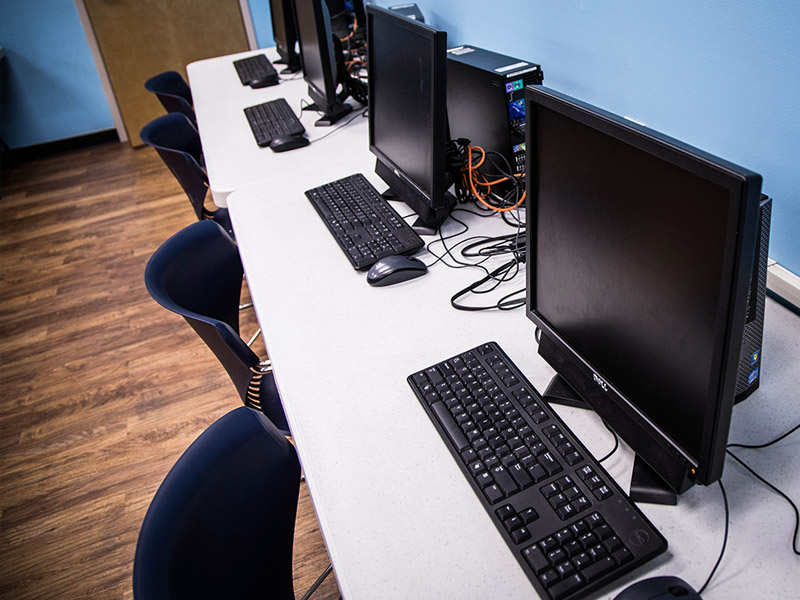Understanding the signs, symptoms and side effects of sexual abuse is a key component toward starting the recovery journey.
Understanding Sexual Assault
Learn about child sexual abuse
Child sexual abuse or child molestation is a form of child abuse in which an adult or older adolescent uses a child for sexual stimulation. Forms of child sexual abuse can include asking or pressuring a child to engage in sexual activities, indecent exposure of private parts to a child with the intent to gratify sexual desires, or using a child to produce pornography.
Child sexual abuse can take place in many different settings including home, school, or other community areas where children may be present. Abuse can be done by a parent, step-parent, sibling, or other relative. Additionally, it is not uncommon for a perpetrator to be a family friend, neighbor, child caregiver (such as a baby sitter), or teacher.
In the United States, up to 80,000 children report sexual abuse. However, it is important to note that there are likely a large number of unreported cases which may be due to a child being threatened that if they tell anyone about the abuse, something bad will happen to either themselves or their loved ones.
Children who live through child sexual abuse will usually experience a number of disturbing thoughts and may begin to engage in a number of disturbing behaviors. They may develop depression, PTSD, anxiety, and in some cases go on to victimize a child when they become adults. Not only can a child not consent to sexual acts with an adult, but they are not psychologically able to cope with the devastating consequences. Even children as young as two, who cannot comprehend that these sexual acts are wrong, go on to develop problems related to their inability to cope with this abuse.
Signs and Symptoms
Signs and symptoms of child sexual abuse
The signs and symptoms of childhood sexual abuse will vary based upon the severity of the abuse, length of abuse, type of abuse, and other personal factors. Signs and symptoms of childhood sexual abuse may include:
Medical Symptoms of Child Sexual Abuse: There has been tremendous progress in medicine that can allow practitioners to accurately predict those who have experienced child sexual abuse.
Genital Findings:
- Pregnancy
- Presence of STDs
- Torn or missing hymen
- Vaginal injury or scarring
- Vaginal opening greater than 5 mm
- Injury to penis or scrotum
- Presence of semen
- Vaginal bruising
- Increased blood flow
- Labial adhesions
- Chronic urinary tract infections
- Vulovaginitis
Anal Findings:
- Destruction of anal sphincter
- Perianal abrasion or bruising
- Shortening or eversion of anal canal
- Fissures to anal opening
- Funneling
- Wasting of gluteal fat
- Perianal bruising
- Increased perianal pigmentation
- Perianal venous engorgement
- Reflex and dilation
Oral Findings:
- Injury to the palate in the mouth – especially bruising or petechiae
- Pharyngeal gonorrhea
Psychosocial Indications of Childhood Sexual Abuse: Sexual indicators will vary depending upon the age of the child and will be divided between those found age ten and younger and those over the age of ten.
Sexual Indicators Seen in Children Aged 10 and Younger:
- Statements made inadvertently that show knowledge of sex
- Sexually-explicit drawings not open to interpretation, such as a child drawing a picture of performing fellatio.
- Sexual interactions with other people, such as:
- Sexually aggressive behaviors with younger children
- Sexual behaviors with peers
- Sexual invitations to older people
- Sexual interaction involving toys or animals:
- Child may be seen play with family pets genitals
- Child makes dolls engage in sexual activity
- Extreme Masturbation:
- Masturbation to the point of injury
- Child unable to stop masturbating
- Engages in masturbation many times each day
- Moaning or groaning sounds heard during masturbation
- Child inserts objects into anus or vagina during masturbation
- Thrusting motions made while masturbation
Nonsexual Behaviors in Children 10 and Younger:
- Enuresis
- Encopresis
- Sleep disturbances
- Regressive behaviors (thumb-sucking)
- Self-destructive or risk-taking behaviors
- Increased impulsivity, distractibility, challenges with concentration
- Refusal to be left alone
- Fear of (alleged) abuser
- Fear of people of a specific gender or type
- Setting fires (more common in male victims)
- Cruelty to animals (more common in young male victims)
Sexual Indicators Seen in Those over the Age of Ten: As children age and mature, they become more responsive and understanding of sexual activity, and overt sexual behaviors are less common. Some level of sexual behavior is normal for adolescents. The following are indicators that sexual abuse may have occurred to these children:
- Sexual promiscuity among young women
- Being sexually victimized by non-family members and peers (especially among girls)
- Adolescent prostitution – it’s been suggested that 90% of adolescent female prostitutes had been the victims of sexual abuse.
Nonsexual Behavioral Indicators Seen in Children over the Age of Ten:
- Eating disorders – anorexia and/or bulimia
- Running away from home
- Drug and alcohol use
- Incorrigibility
- Criminal activity
- Increased self-destructive behaviors
- Social withdrawal
- Depression
- Self-harm
- Suicidal ideation
Nonsexual Behavioral Indicators in All Children: There are three primary types of problems that can be easily seen in all ages, which include:
- Trouble relating to peers
- School difficulties
- Sudden, notable behavioral changes
Effects
Effects of child sexual abuse
Regardless of the type of sexual abuse, the resulting problems are very damaging for both victims and their families. There are four primary categories of long-term consequences of the child; each has their own distinct behavioral and psychological effects. The consequences of childhood sexual abuse may include:
Stigmatization: This is also referred to as “damaged goods syndrome;” the feelings of responsibility and guilt for the abuse and the consequences of disclosure. Stigmatization effects are often seen in self-destructive behaviors, which can include drug abuse, risky behaviors, self-harming behaviors, suicidal gestures and acts, as well as provocative behaviors that are designed to cause punishment.
Traumatic sexualization: these feelings may include adverse feelings about sex, overvaluation of sex, as well as self-identity disturbances. Behavioral manifestations may include a spectrum of hypersexual behaviors and/or avoidance of or negative sexual encounters.
Betrayal: The most damaging aspect of child sexual abuse is the undermining of trust in those who were intended to protect and nurture the growing child. Impacts of betrayal include anger as well as borderline functioning. Associated behaviors may include avoidance of investment in others, manipulation of others, re-enacting the trauma through future involvement in damaging, exploitative relationships.
Types
Types of child sexual abuse
The impact of sexual abuse can range from very few seen effects to incredibly severe effects. Generally, the children who experience the most severe instances of abuse are at greater risk for the development or more severe consequences and challenges in his or her life. It’s important to understand the types of child sexual abuse in order to understand the magnitude of the long-term effects. The following sexual acts are clinically sexually abusive and listed in the form of severity and intrusiveness.
Non-Contact – these types of acts do not involve actual contact between the perpetrator and the victim, but can be tremendously damaging. Non-contact sexual abuse include:
- Sexual comments made to the child
- Exposure of intimate parts to a child; sometimes involving masturbation.
- Peeping (voyeurism)
- Looking at child pornographic materials, including books, pictures, or movies
Sexual Contact – this type of behavior involves a less severe form of sexual contact between offender and victim and may include the following:
- Child is made to touch offender’s intimate body parts
- Perpetrator touches intimate parts of child
- Frottage – the rubbing of perpetrator’s genitals against victim’s body or clothes
Digital or Object Penetration – this more serious form of child sexual abuse includes even more explicit contact between victim and perpetrator
- Perpetrator places his or her fingers into the victim’s anus or vagina
- Offender instructs child victim to place an instrument into the perpetrator’s vagina or anus
- Perpetrator teaches child victim to place his or her fingers into the perpetrator’s anus or vagina
- Perpetrator places object into the child victim’s anus or vagina
Oral Sexual Contact – this type of child sexual abuse involves actual oral sexual contact between the victim and perpetrator in varying degrees:
- Tongue kissing
- Breast sucking, licking, kissing, biting
- Cunnilingus – licking, kissing, sucking, or biting the vagina or placing the tongue into the vaginal opening
- Fellatio – licking, kissing, biting, sucking the penis
- Anilingus – licking or kissing the anal opening
Penile Penetration – this form of child sexual abuse involves the entry of the penis into an orifice and include:
- Vaginal intercourse
- Anal intercourse



